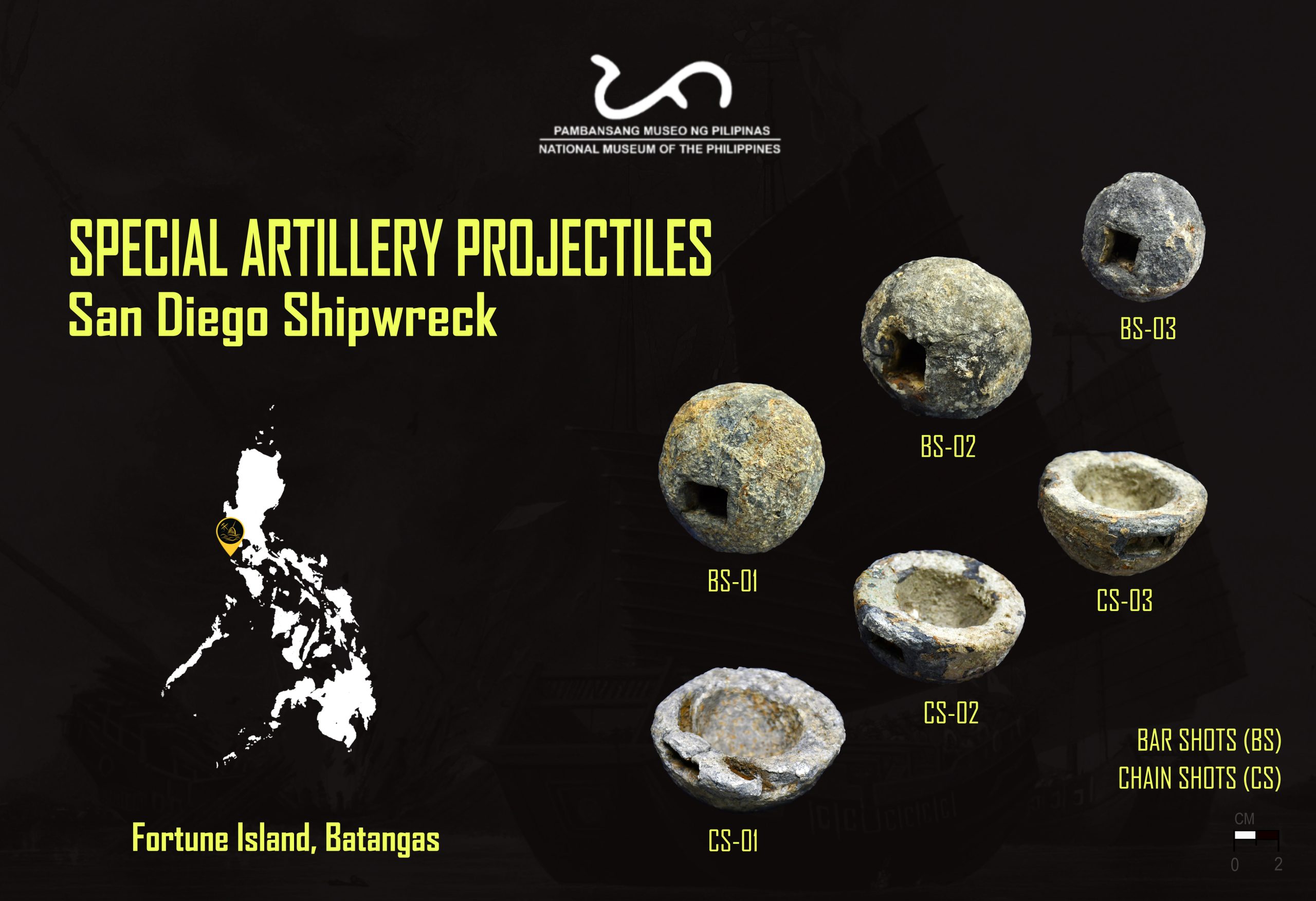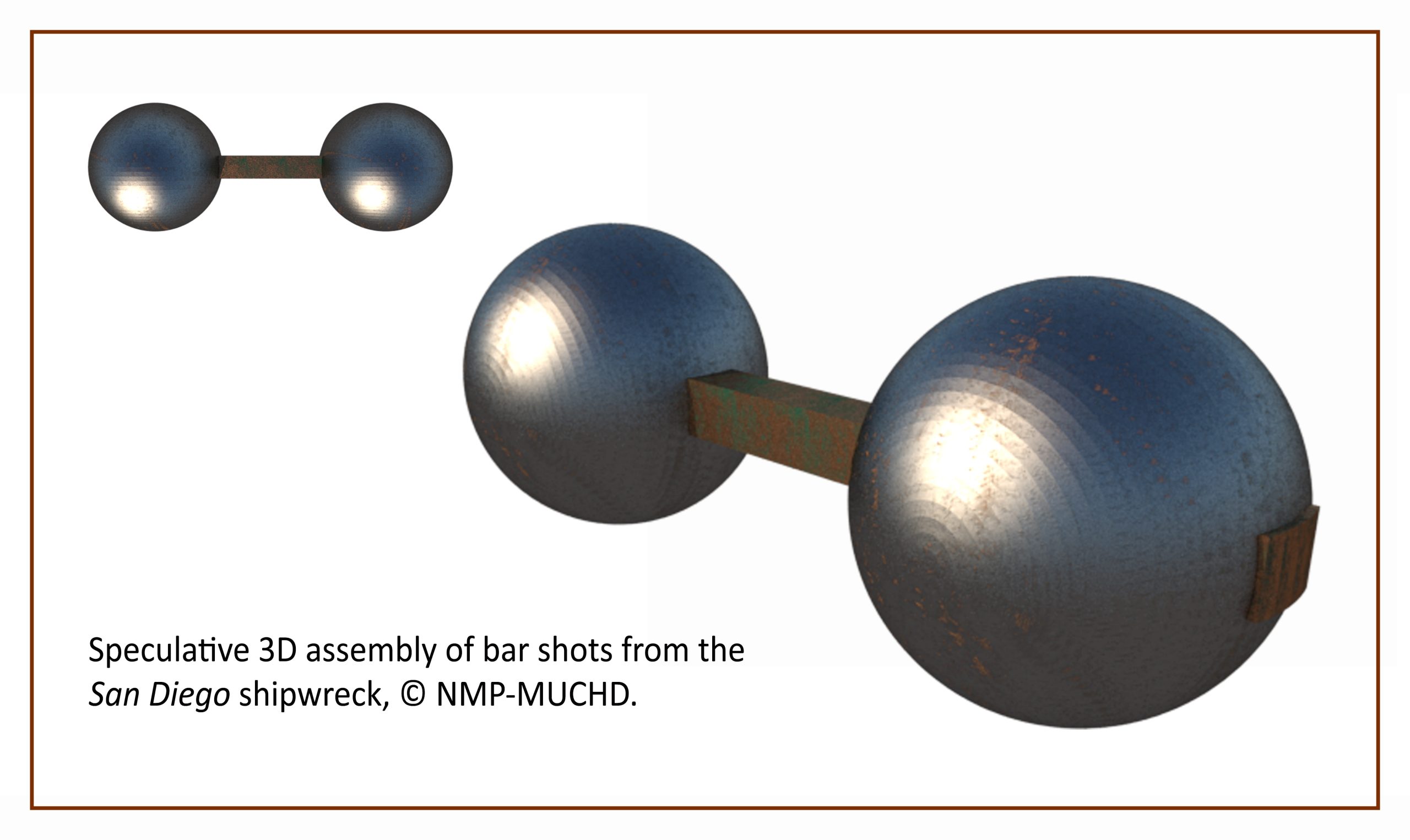Traditional Food Wrappings in the Philippines
In celebration of the Filipino Food Month 2022, the #NationalMuseumPH explores Filipino gastronomy by featuring wrapped rice cakes, ground corn, mashed bananas and root crops using leaves from plants from different regions.
Filipino food ranges from sweet to savory, and from soupy to dry. Whether savory or sweet, food is usually served on platters, wrapped or unwrapped. For the former, the wrapper can be edible, folded, wound, or woven.
Common traditional food wrappers are leaves of banana, taro, coconut or buri, and corn sheaths. These are favored for their overall structure, pliable properties and aroma. Their inherent properties secure the food and prevent it from spilling—the broadness of banana leaves makes food wrapping easier as there is room for multiple folding while strips of coconut or buri leaves are woven into small containers.
Food such as suman Taal, suman sa lihiya, suman Bulacan/Tagalog, tamales, binot-ong, and sinaing na isda are cooked while wrapped in banana leaves. The pastil/pastel or cooked rice topped with sautéed shredded meat of Maguindanao and Maranao is also wrapped in a banana leaf and can be consumed on-the-go as well as the Palabok Tanza of Cavite and Pancit Habhab of Quezon.
The pusô in Visayas and Mindanao is rice cooked in woven pouch made from palm strips (Cocos nucifera) and usually paired with grilled meat. Palm strips are also used in wrapping and cooking suman sa ibos in Rizal, Aurora, Quezon, and Bicol. Dizon’s bakery of Cavite City, on the other hand, uses pandan (Pandanus sp.) as wrapped-around leaf to naturally infuse its aroma to pan de coco.
Edible food wrappers such as the lumpia wrapper made of cooked starch are used in making the fresh lumpia, fried spring rolls or lumpiang shanghai, and turon or fried plantain wrapped in lumpia wrapper covered with caramelized sugar. Taro or gabi leaf (Colocasia esculenta) is widely used in the Bicol region in coconut-based cooking—the spices and other ingredients of pinangat are wrapped in multiple layers of the leaf before stewing in coconut milk. The softened leaves due to long hours of cooking are edible and just perfect when mixed with the spices and other ingredients in it. Gabi leaves are also used in cooking another local dish called inun-on.
Food in traditional food wrappers is more sustainable and economical especially outside the metropolis. Traditionally wrapped food is an example of tangible cultural heritage, as it reflects the uniqueness of the cuisine in different regions.
#FilipinoFoodMonth2022
#FoodWraps
Text and poster by the NMP Ethnology Division
Photographs used courtesy of Jane Maren M. Dasal, Jessica T. Marquinez, Marites P. Tauro, Odie Dela Cruz/ The Dela Cruz Ancestral House, and Angel Weena Santos
© 2022 National Museum of the Philippines












